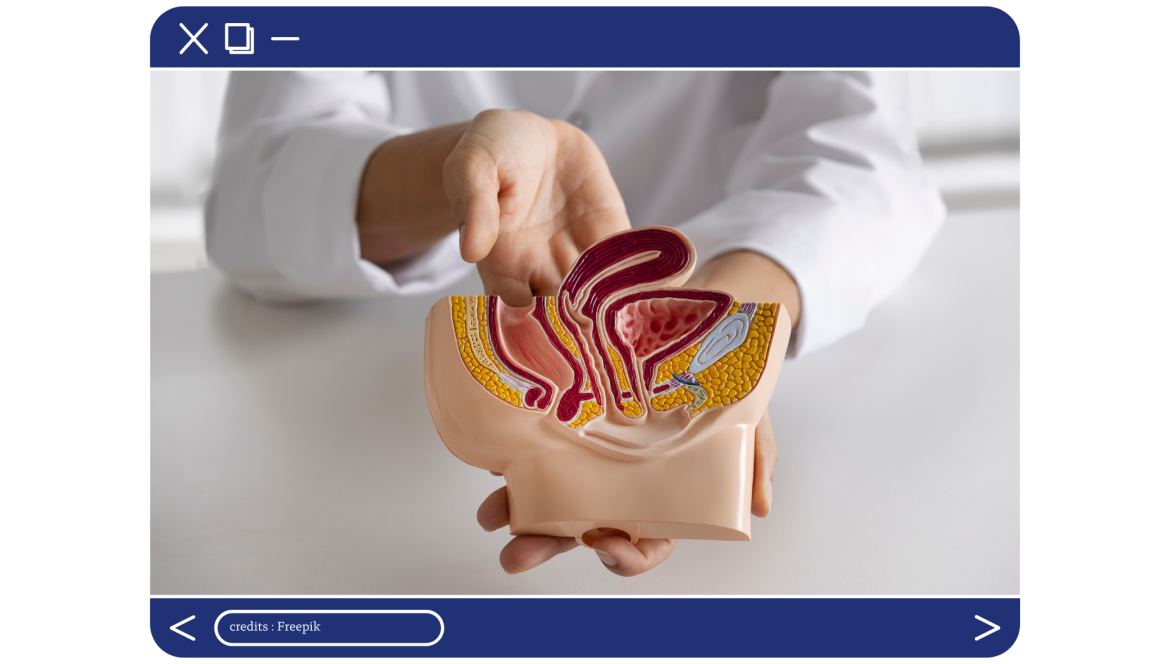What is the prostate and what is it used for?

Discover the essentials about the prostate, prostate cancer and prostatectomy.
Clear information and advice to help you make informed decisions about your health.
Learn about the prostate, prostate cancer and prostatectomy.
The prostate is a small, walnut-shaped gland that forms part of the male reproductive system. Located just below the bladder and in front of the rectum, it surrounds the urethra, the canal that drains urine from the bladder through the penis to the urinary meatus.
Together with the seminal glands, the prostate's function is to produce seminal fluid, which keeps sperm mobile and alive.
However, this gland can also be prone to various conditions such as prostatic adenoma and prostate cancer.
The prostate and its disorders
The prostate is subject to a number of conditions:
- Benign prostatic hyperplasia (BPH): a non-cancerous growth of the gland that can compress the urethra, causing urinary difficulties.
- Prostatitis: an inflammation of the prostate gland, which may or may not be infectious, and manifests itself in pelvic pain and urinary disorders.
- Prostatic calculi: formed by mineral crystals, can cause pain and infection.
- Prostatic hypertrophy: an enlargement of the gland that can obstruct the urethra, making urination difficult.
But among these conditions, prostate cancer is of particular concern because of its frequency and potentially serious consequences.
Prostate cancer, how and why?
Prostate cancer is one of the most common forms of cancer in men, but it is often diagnosed at an early, treatable stage. It develops when prostate cells begin to multiply uncontrollably, forming a tumor.
Risk factors for prostate cancer include advanced age, family history of prostate cancer, ethnic origin (African-American men are more at risk), and certain environmental and dietary factors.
Symptoms of prostate cancer can vary from one individual to another, and may include urinary problems such as difficulty starting or stopping urination, pain or burning sensations during urination, pain in the back, hips or pelvis, and blood in the urine or semen.
However, it's important to note that many men with prostate cancer have no symptoms at all.
What is the mortality rate for prostate cancer? Overall, prostate cancers have a very good prognosis, with a standardized 5-year net survival rate of 93%.
Treating prostate cancer with prostatectomy
Prostatectomy is one of the most common treatment options for prostate cancer. It is a surgical procedure with two options depending on the extent of the cancer: partial prostatectomy, where only the affected part of the prostate is removed, and radical prostatectomy, which aims to remove the entire prostate as well as the seminal vesicles. In some cases, neighboring lymph nodes are also removed; this is known as lymph node curage.
Before undergoing prostatectomy, doctors may recommend tests such as prostate biopsies, imaging examinations to assess the extent of the cancer and, systematically, blood tests with PSA (prostate-specific antigen) measurement: Normal PSA is normally less than 4 ng/ml. However, this threshold value must be seen in the context of age. Below 2.5 ng/ml before the age of 50, its value rises with age, in line with normal prostate growth (below 6.5 ng/ml before the age of 80).
The decision to opt for prostatectomy will depend on various factors, such as the stage and grade of the cancer, the patient's age and general state of health, as well as personal preferences.
Although prostatectomy can be effective in removing prostate cancer, it can also lead to side effects such as urinary incontinence and erectile dysfunction. However, numerous surgical and technical advances have been made to reduce these side effects and improve the overall results of prostatectomy.
In conclusion, the prostate is an essential gland for male reproductive health, but it can also be prone to pathologies such as prostate cancer.
Prostatectomy is one of the treatment options available for prostate cancer, offering men with the disease a chance of recovery.
However, it's important to discuss the various treatment options available with your doctor, and the advantages and disadvantages of each, so that you can make an informed decision about your health.
